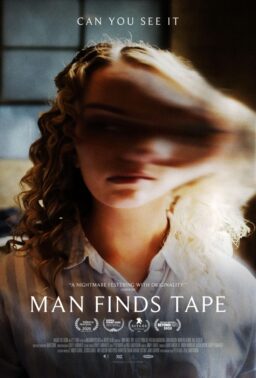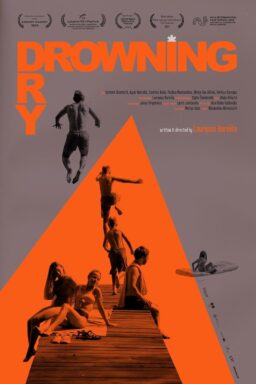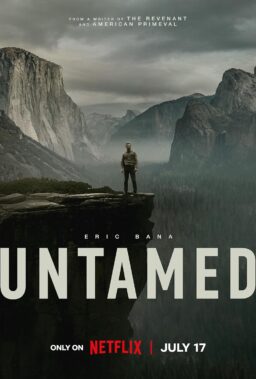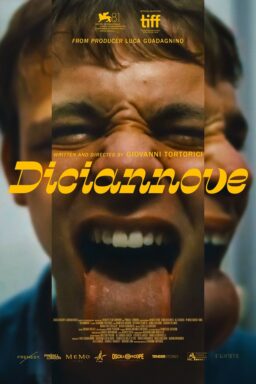PARK CITY, Utah At the midpoint of this year’s Sundance Film Festival, no great blinding vision has dazzled audiences. The festival seems mostly mid-range, skewed toward safe, quirky comedies and lacking the discoveries of years past such as “In the Company of Men” or “American Movie.”
Of course, I haven’t seen most of this year’s 156 or so entries, buzz cannot be trusted, and there are many movies to go. But since my last report, only two movies have really reached me: a modern-dress version of “Hamlet,” and a delightful comedy named “The Cup,” said to be the first film from Bhutan.
Where is Bhutan, you may be asking. That’s the same question I was asked by some kids with a video camera as I sat in the Egyptian Theatre, waiting for the film to begin. The Sundance Institute invited student filmmakers from Bhutan and Latin America to attend this year’s festival.
“Near India and Pakistan?” I asked.
“Right,” the kid said. “Is it an independent country?”
“I think it might be an Indian state,” I said.
“OK,” said the kid.
“Is it?”
“I don’t know. I’m from Latin America.”
We were still debating the question when the film began. “The Cup” is a wonderful comedy that has a good chance of breaking through to American audiences with its good humor and a remarkable performance by Orgyen Tobgyal, an irrepressible 14-year-old.
The movie is set in a Tibetan Buddhist monastery in exile in India, where older monks watch over a class of kids who may wear robes and have shaved heads, but are otherwise just like schoolkids the world over, passing notes during worship services and reading football magazines.
Young Orgyen plays a soccer fan who desperately wants to see the 1998 World Cup final between France and Brazil, since “France is the only country that supports Tibet.” He has to mastermind a scheme to get a TV, a satellite dish, and (most difficult) the approval of the abbot. As he schemes, “The Cup” provides a portrait of daily monastery life that is refreshingly different from the usual solemn profundities; the abbot looks out his window at the kids playing soccer with a Coke can, and sighs.
The film was directed by Khyentse Norbu, who for the maker of such a jolly movie, seemed more solemn than most festival filmmakers. No wonder: I later learned from the program notes that “he was recognized at age 6 as the incarnation of the 19th century Tibetan saint Jamyang Khyentse Wangpo.”
Michael Almereyda’s “Hamlet” offers yet one more new approach to the most challenging of all dramas, using Shakespeare’s own language (much trimmed from the original) in a story set in today’s Manhattan, where the goal is not to be king of Denmark, but CEO of the Denmark Corp. (the front page of a mock USA Today trumpets Fortinbras’ takeover bid).
Ethan Hawke stars as Hamlet; Kyle MacLachlan is Claudius, the usurper who killed his father; Liev Schreiber is Laertes, and Bill Murray makes an engaging Polonius. Hamlet’s room is a den of video and computer equipment, and some of his soliloquies are in concert with his own taped images. “To be or not to be” is delivered with wicked irony in the “Action” section of a video store.
The film demonstrates what has been proved time and again: Shakespeare really has no country or period. His dramas are universal, and indeed the idea of modern corporate infighting is a good fit for Denmark’s palace intrigues.
There is not simply Sundance, but the sidebar festival Slamdance, held at a local inn and without any connection to the big fest.
And Slamdance has begat still smaller hangers-on, like Slumdance, Lodance (for films shot on video) and Lapdance (erotic films). Park City’s Main Street is awash with fliers, posters and screening notices, and some filmmakers will do anything to get their movies noticed.
I wrote a year ago of Stuart Acher, a kid who bribed a bartender to play his film on the big-screen TV that I happened to be standing beside. This year, the art of bringing film to the audience has reached a new peak with the street guerrilla tactics of director Devon Crowley and cameraman Kirk Davis, who accosted me at the Independent Film Channel party.
Crowley was carrying two stereo speakers. Davis held a portable TV monitor in his hands. They had battery packs strapped to their backs.
“Here’s your chance to see our new movie, ‘Show Me the Alien!’ Crowley cried, holding the speakers on either side of my head to produce a stereo effect.
I watched a minute or two of the film while they shoved fliers into my pockets that described it as “Spinal Tap meets ET and gets shagged!”
The next day I was standing in front of the Egyptian Theatre when a large alien approached me.
“Are you one of the guys I met last night?” I asked.
“Uh-huh,” said a muffled voice.
Just then, a couple of security guards appeared out of nowhere and wrestled the alien to the ground. Another alien appeared, and a fight broke out. Then the aliens hypnotized the guards and bystanders, and led them marching down Main Street, chanting, “Show me the alien! Show me the alien!”
One of the onlookers was Kaleo Quenzar, who said he had to admire the enterprise of the alien guys. Quenzar was holding a hand-lettered cardboard sign that said, “Will work for distribution.”











